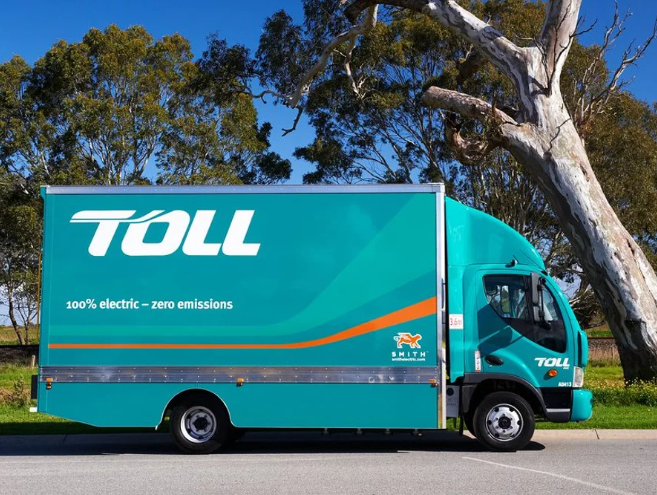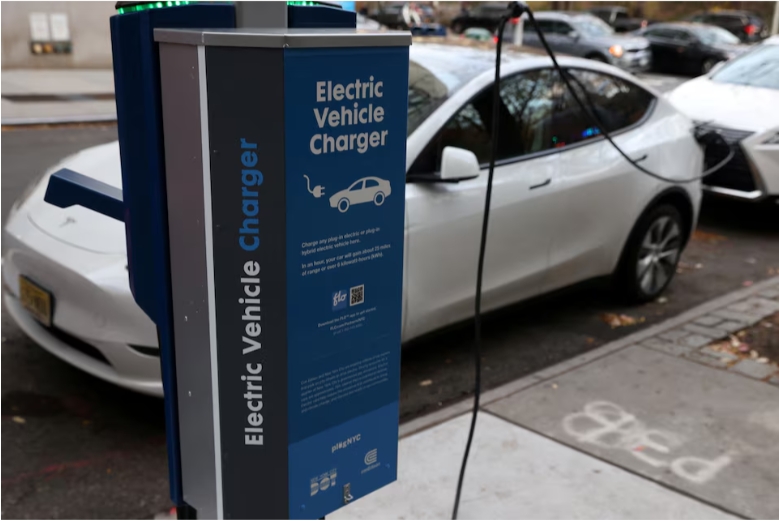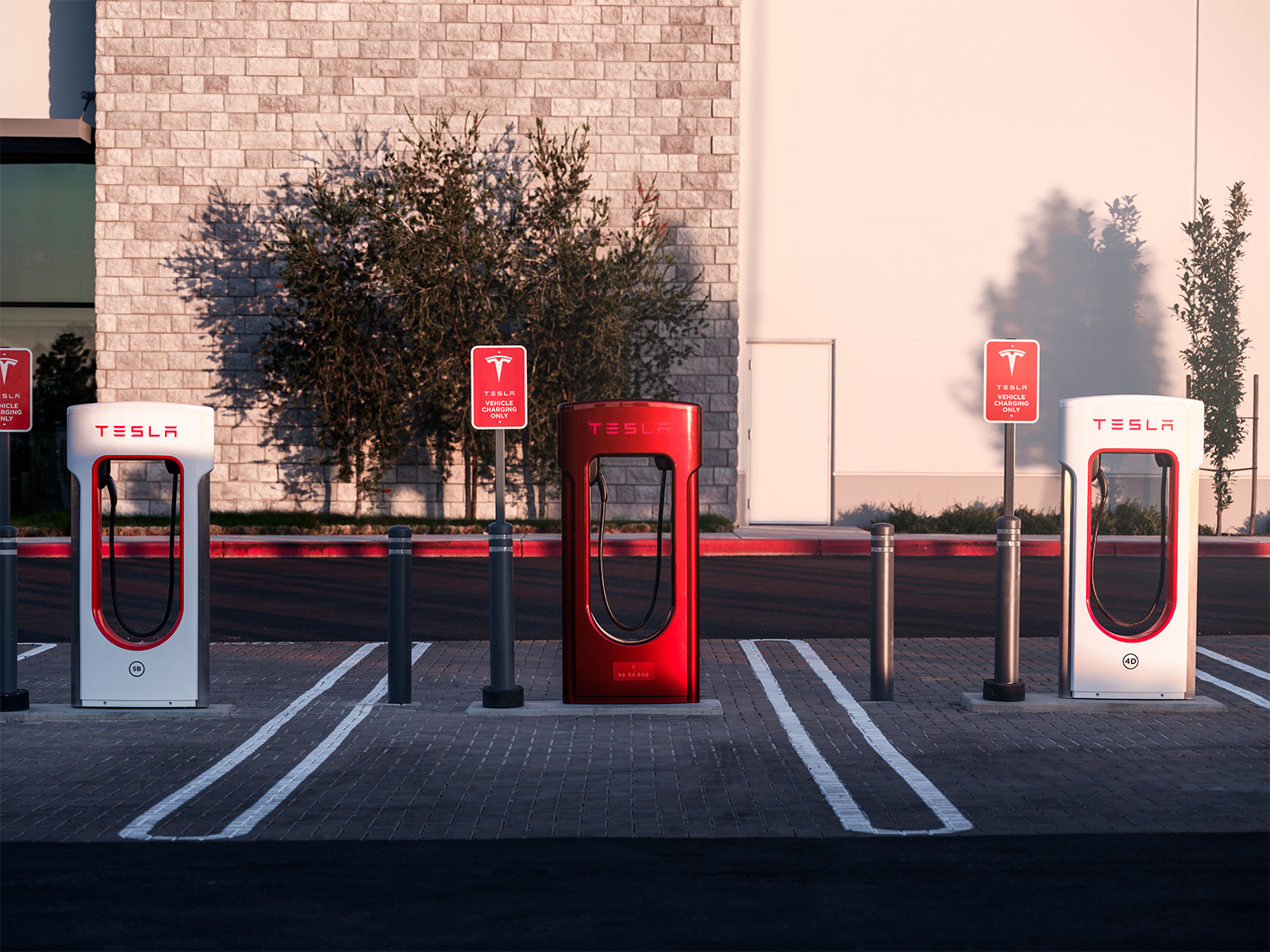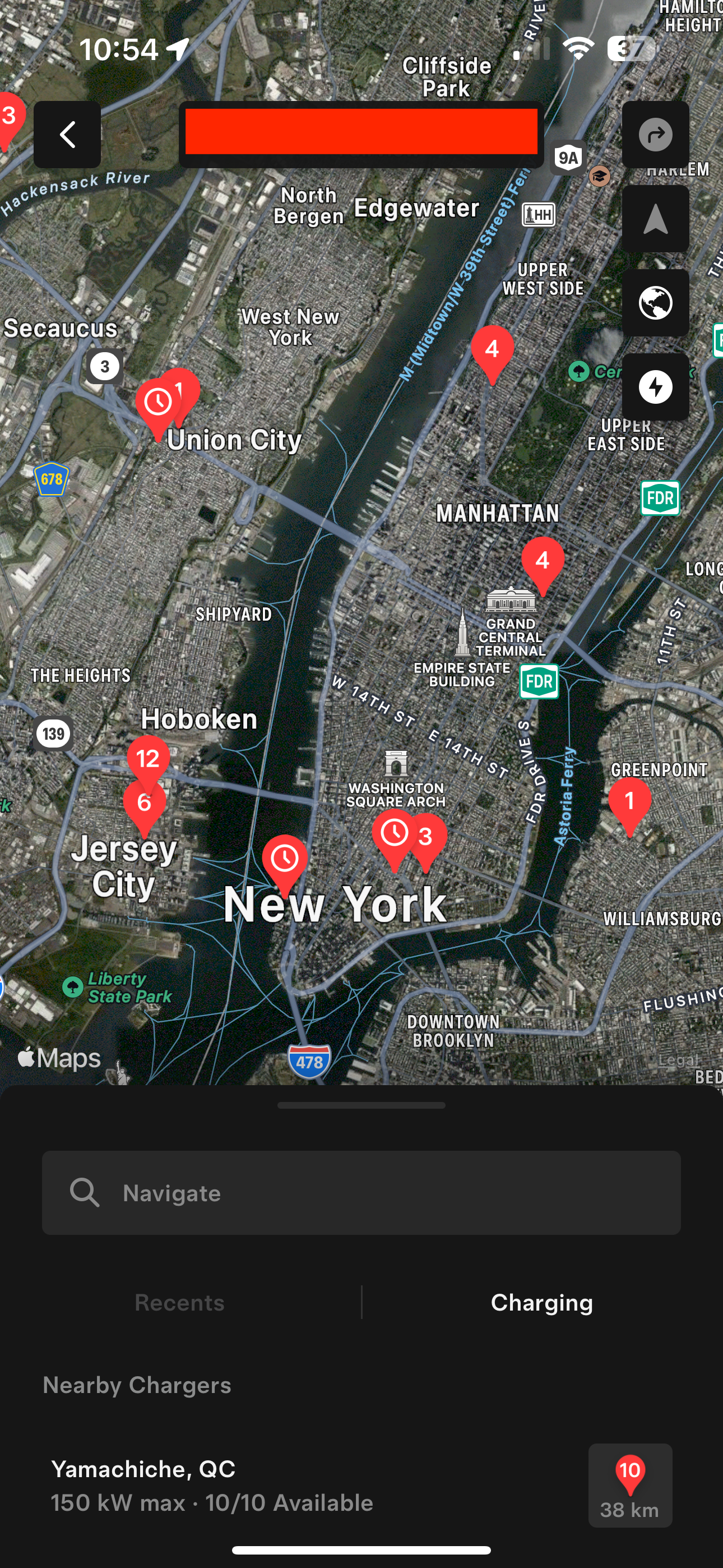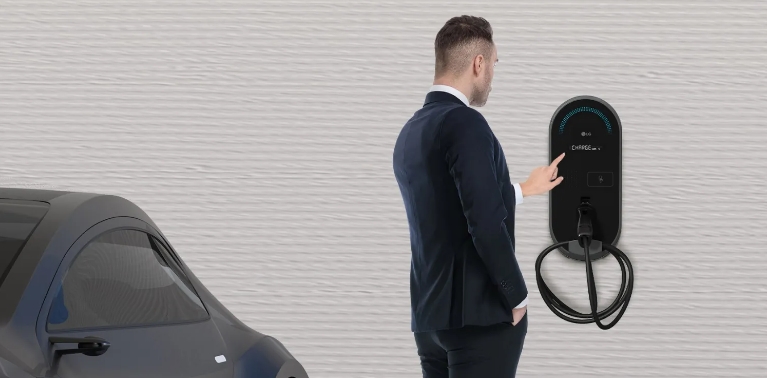The leading international organisation for building codes and standards says that all newly constructed homes should be EV-ready, and guidelines have been recently accepted by US local governments to ensure electric vehicles (EVs) are taken into account for all new building constructions.
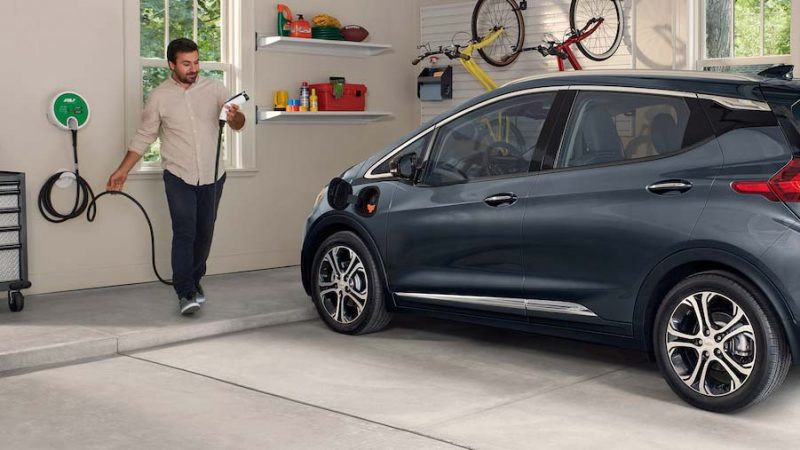 Source: Chevrolet
Source: Chevrolet A global transition to electric mobility is already well underway: EV pioneer Tesla is now worth more than General Motors and Ford combined at around $US90 billion ($130 billion), legacy car-makers such as Volkswagen, Hyundai, Ford, and most recently Kia have announced billions invested towards developing electric models, and others such as GM, BMW, Daimler have promised electric models in coming years.
In a release on the new guidelines for improving the energy efficiency of US homes from the New Buildings Institute last Monday, the body noted the important role that electric vehicles have to play in tackling climate change.
“Electrification of buildings and vehicles–with clean, renewable power supply–is one of the key policy solutions for tackling climate change, and in new buildings electrification readiness can be done at a very small incremental cost,” the institute noted.
The new guidelines will require all new buildings to make a percentage of parking spaces ready and available for electric vehicles, including installation of the necessary electric infrastructure to avoid expensive retro-fitting later on.
In Australia, the need for new buildings to be EV-ready was recognised in the proposed EV policy plan by the Australian Labor party in the lead up to 2019’s May election.
However, a vicious and blatantly incorrect campaign run by the Morrison LNP government, and particularly minister for energy Angus Taylor, included claims that the policy amounted to a housing tax that would cost consumers thousands of dollars.
The new building guidelines outlined by the ICC are designed to avoid unnecessary costs rather than add to them.
“The code change proposal will increase the cost of initial construction, but provide long-term savings for EV owners through the avoided retrofit costs of installing EV charging infrastructure,” it is noted in the new definitions added by the ICC to the 2018 Energy Conservation Code.
Publicly accessible electric vehicle DC fast charging infrastructure – that is typically accessed on highways and other key routes – now has considerable penetration the US, but access to adequate AC charging at home so EV owners can charge EVs in much the same way as mobile phones is also a critical piece of the puzzle.
As noted by the ICC, “the lack of access to EV charging stations continues to be a critical barrier to EV adoption. In particular, there are significant logistical barriers for residents of multi-family dwellings to upgrade existing electrical infrastructure and install new EV charging stations.
“A lack of pre-existing EV charging infrastructure, such as electrical panel capacity, raceways, and pre-wiring, can make the installation of a new charging station cost-prohibitive for a potential EV-owner.
“The installation of an EV charging station is made three to four times less expensive when the infrastructure is installed during the initial construction phase as opposed to retrofitting existing buildings to accommodate the new electrical equipment.
“New residential buildings are constructed to last for decades, and so it is critical that EV charging infrastructure is incorporated at the pre-construction stage to ensure that new buildings can accommodate the charging needs of future EV-owners,” it concludes.
New definitions added by the ICC include:
ELECTRIC VEHICLE SUPPLY EQUIPMENT (EVSE) : The conductors, including the ungrounded, grounded, and equipment grounding conductors, and the Electric Vehicle connectors, attachment plugs, and all other fittings, devices, power outlets, or apparatus installed specifically for the purpose of transferring energy between the premises wiring and the Electric Vehicle.
EV CAPABLE SPACE: Electrical panel capacity and space to support a minimum 40-ampere, 208/240-volt branch circuit for each EV parking space, and the installation of raceways, both underground and surface mounted, to support the EVSE.
EV READY SPACE: A designated parking space which is provided with one 40-ampere, 208/240-volt dedicated branch circuit for EVSE servicing Electric Vehicles. The circuit shall terminate in a suitable termination point such as a receptacle, junction box, or an EVSE, and be located in close proximity to the proposed location of the EV parking spaces.

